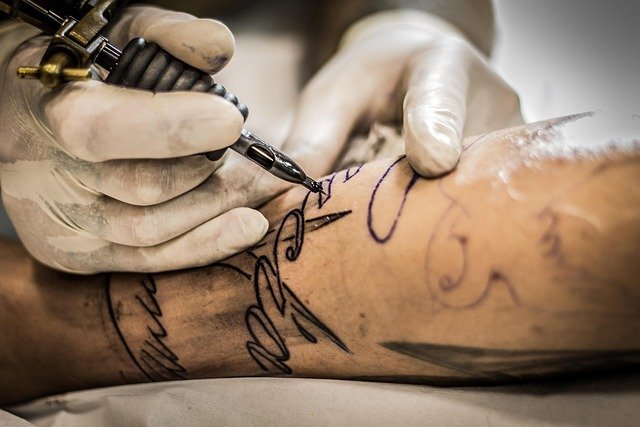How to Choose an Experienced Ink Artist for Personalized Skin Art
Selecting the right ink artist for a personalized piece of skin art is a careful mix of research, clear communication, and realistic expectations. Knowing what to ask during a consultation, how to review a portfolio, and what safety and aftercare standards to expect helps you make an informed choice and improves the chances your piece will age well and match your vision.

Consultation and booking
A thorough consultation is the first practical step when choosing an ink artist. Ask about the artist’s experience with the style you want, typical session length, and how they approach custom designs. Confirm booking procedures, deposit requirements, and estimated wait times for appointments. Good artists explain how they adapt design ideas, how they test placement with a stencil, and what the timeline looks like from initial consultation to final session.
Portfolio and colorwork
Reviewing a portfolio helps gauge consistency and technical skill. Look for healed photos as well as fresh work to assess long-term color retention and line clarity. Pay attention to colorwork, shading transitions, and how the artist handles edges and negative space. A diverse portfolio that includes full pieces, detail shots, and different skin tones provides better evidence of an artist’s ability to translate designs across real bodies.
Hygiene and safety in the studio
Hygiene and safety practices are essential. Confirm the studio follows local regulations for sterilization, single-use needles, and proper disposal of sharps. The artist should use new gloves for each client, open sterilized equipment in front of you, and maintain a clean workspace. Ask about aftercare instructions and whether the studio provides written guidance. Clear infection-control practices protect both client and artist and reflect professional standards.
Stencil, placement, and design considerations
Placement affects how a tattoo looks with movement, clothing, and aging. Request a stencil to preview size and angle on your body; this trial helps refine placement before ink touches skin. Discuss skin texture, scars, and contours that can influence design choices. Experienced artists may suggest adjustments to line weight or color saturation to preserve detail over time, and will explain how different inks perform on your skin tone.
Coverup options and aftercare
Coverup work requires realistic expectations; not every piece can be fully obscured without significant redesign or multiple sessions. An artist experienced in coverups will explain how existing ink, pigment saturation, and scar tissue affect new work. Aftercare is a vital part of longevity—follow the artist’s instructions on cleaning, moisturizing, and sun protection. Proper aftercare reduces complication risks and helps colorhold and line crispness during healing.
Local studios and artist comparisons
When comparing options in your area, look for studios that publish portfolios, list services, and explain hygiene policies. Below are examples of established studios known for professional setups and varied services. These are presented for comparison of typical offerings; verify current details directly with each provider before booking.
| Provider Name | Services Offered | Key Features/Benefits |
|---|---|---|
| Bang Bang (New York) | Custom tattoos, colorwork, coverups | Known for custom design work and prominent artist portfolios; appointment-based booking |
| Shamrock Social Club (Los Angeles) | Custom tattoos, consultations, stencil placement | Studio with emphasis on traditional and modern styles; public portfolio and clear booking policies |
| Kings Avenue Tattoo (New York) | Tattooing, consultations, aftercare guidance | Multiple artists with varied specialties; studio hygiene policies and documented portfolios |
This article is for informational purposes only and should not be considered medical advice. Please consult a qualified healthcare professional for personalized guidance and treatment.
Conclusion Choosing an experienced ink artist blends careful portfolio review, clear consultation questions, and attention to hygiene and aftercare. Prioritize artists who communicate transparently about stencil and placement options, demonstrate consistent colorwork and healed results, and operate within regulated studio environments. Thoughtful preparation leads to a personalized piece that aligns with both your aesthetic goals and long-term care needs.






